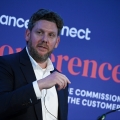Insights from the AFC UK Summer Conference 2024
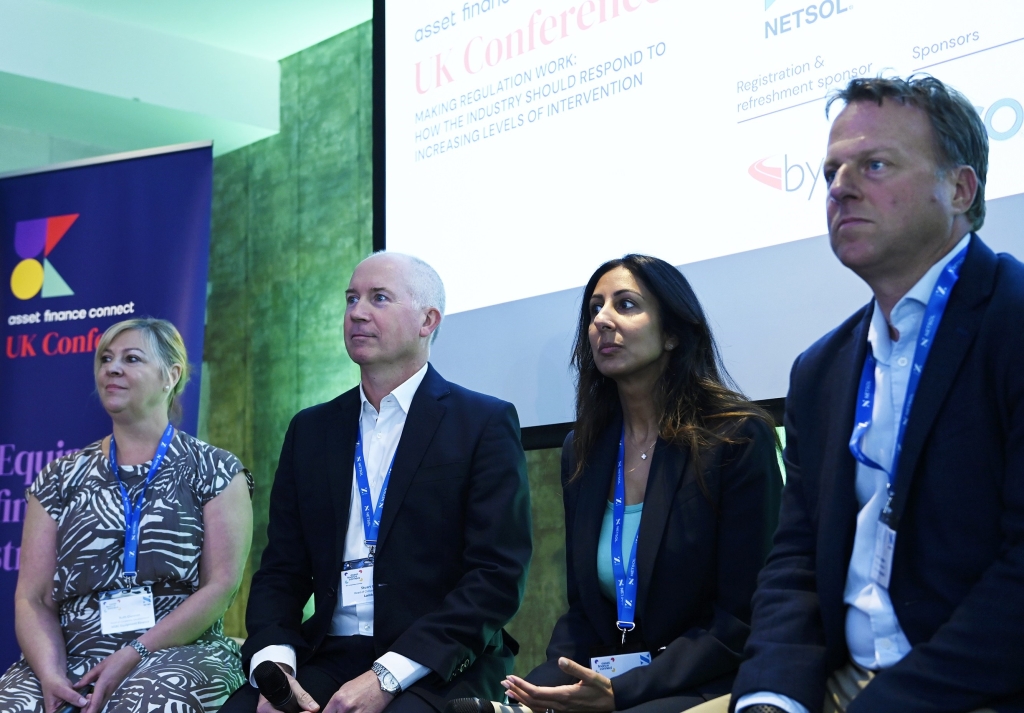
Summary
The AFC UK Summer Conference 2024’s equipment finance stream delivered critical insights on sustainable asset usage models, showcasing a panel of industry experts: Ruth Glennon, Head of Corporate Development at HSBC Equipment Finance; Stuart Clark, Head of Climate Transition at Lombard; Ed Thompson, General Sales Manager at John Deere Financial; and Karima Haji, Transformation Director at Scania.
The session focused on three pivotal themes: innovative products and finance models, the role of data and technology, and the symbiotic relationship between sustainability and profitability.
New products and models: Driving sustainability through partnerships
Stuart Clark emphasized that sustainability must be profitable to be viable long-term, noting that creating powerful partnerships can help to solve sustainability and climate challenges.
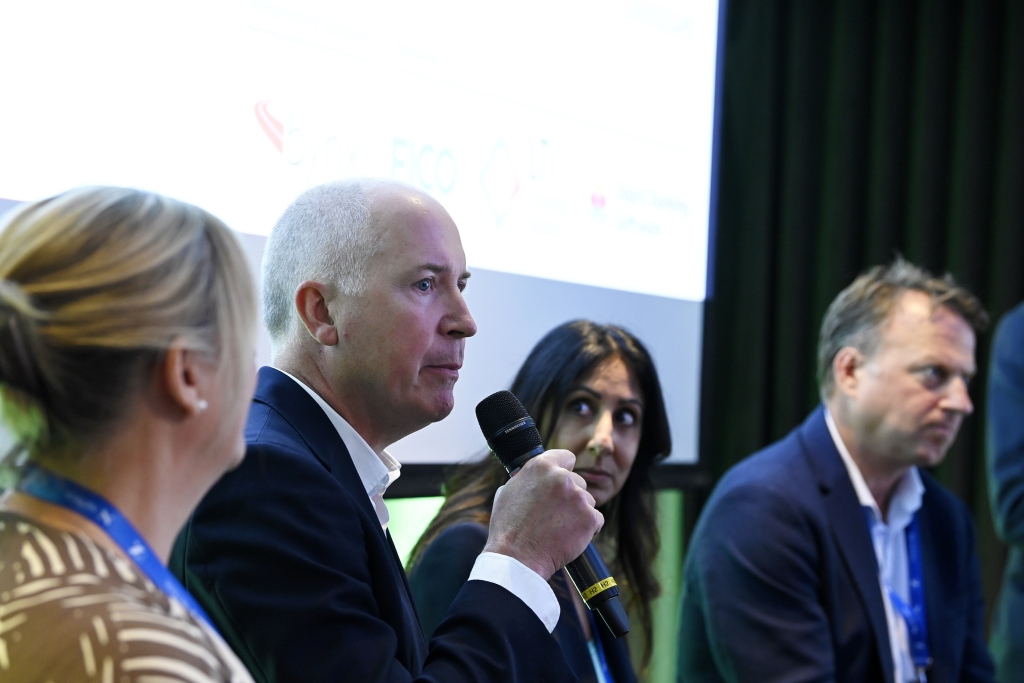
He highlighted Lombard’s partnership with SCC and Rigby Capital, which recently won the AFC Environment Award at the Asset Finance Connect Summer Awards, to create sustainable technology propositions. This collaboration offers an end-to-end sustainable solution for IT assets, ensuring they are recycled, repurposed, or reused, drastically reducing landfill contributions.
Ruth Glennon from HSBC underscored the importance of the circular economy, where refurbished tech devices can retain 60-70% of their value, making them affordable and sustainable.
Emphasizing the scale of the challenge with £350bn of CAPEX required to deliver the transition to net zero just to 2030 along with the risk of funding emerging technology, Clark noted that it is smart to partner: “Partnerships provide the capital but can also offlay asset risk, residual risk and in-life risk – that’s where you can potentially lubricate more capital into the market, into businesses, into customers.”
Ed Thompson discussed John Deere’s focus on future-proofing agricultural machinery with advanced technology and software rather than just physical robustness, aligning long-term usability with sustainability goals.
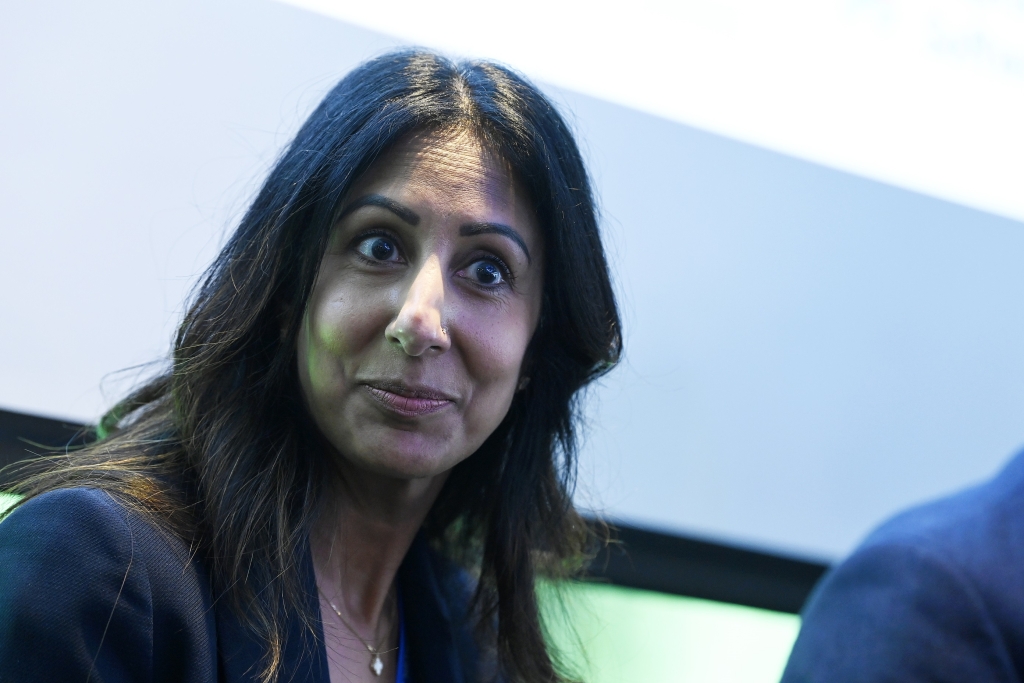
Karima Haji from Scania highlighted the triple bottom line approach—people, planet, profit—emphasizing customer-centric solutions. Scania’s rental business model supports customers in adopting sustainable assets with less risk and cost, facilitating a smoother transition to greener options.
Data and technology: Enhancing asset management and sustainability
The session highlighted the critical role of data and IoT in optimizing asset usage and sustainability. Stuart Clark mentioned Lombard’s partnerships with McCain and Tesco, where asset finance helps farmers reduce their emissions, thus benefiting large corporates’ scope 3 emissions.
Karima Haji emphasized that data will drive new revenue opportunities and efficiency in product use. By integrating data into their ecosystem, companies can help customers optimize their assets, reduce energy costs, and transition to more sustainable options.
“Data will become even more critical moving forward because not only will it give you new revenue opportunities and drive new business models, but it will also allow you to make more efficient use out of the product that you have,” highlighted Haji.
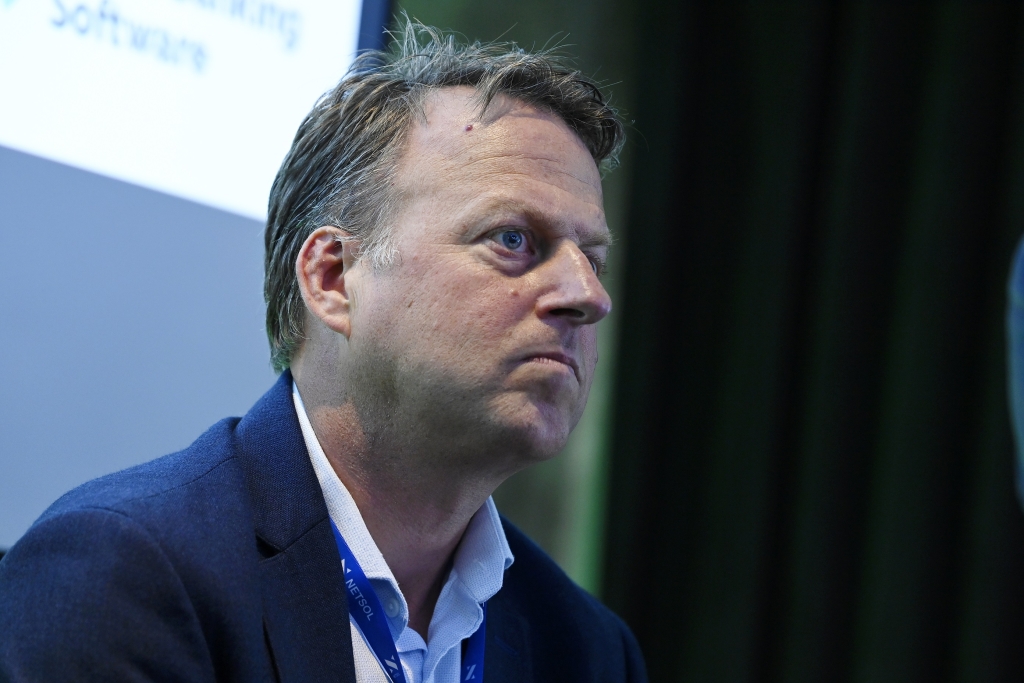
Ed Thompson added that for the agricultural sector, the focus should be on leveraging technology to maximize productivity and manage resources efficiently, rather than merely electrifying equipment. “There is far more value developing the software and technology that enables the farmer to manage their inputs in such a way that they’re much more productive and they see the economic value,” noted Thompson. This approach ensures long-term sustainability and profitability.
Sustainability and profitability: A symbiotic relationship
The session concluded with a discussion on the interdependence of sustainability and profitability. Stuart Clark highlighted the importance of taking risks and embracing new funding models to lock in value for customers. He cited the example of Lombard’s partnership with Absolar, which provides end-to-end bundled solutions, enhancing customer value and driving profitability.
“Sustainability and commerciality have to be symbiotic.”
Stuart Clark, Lombard
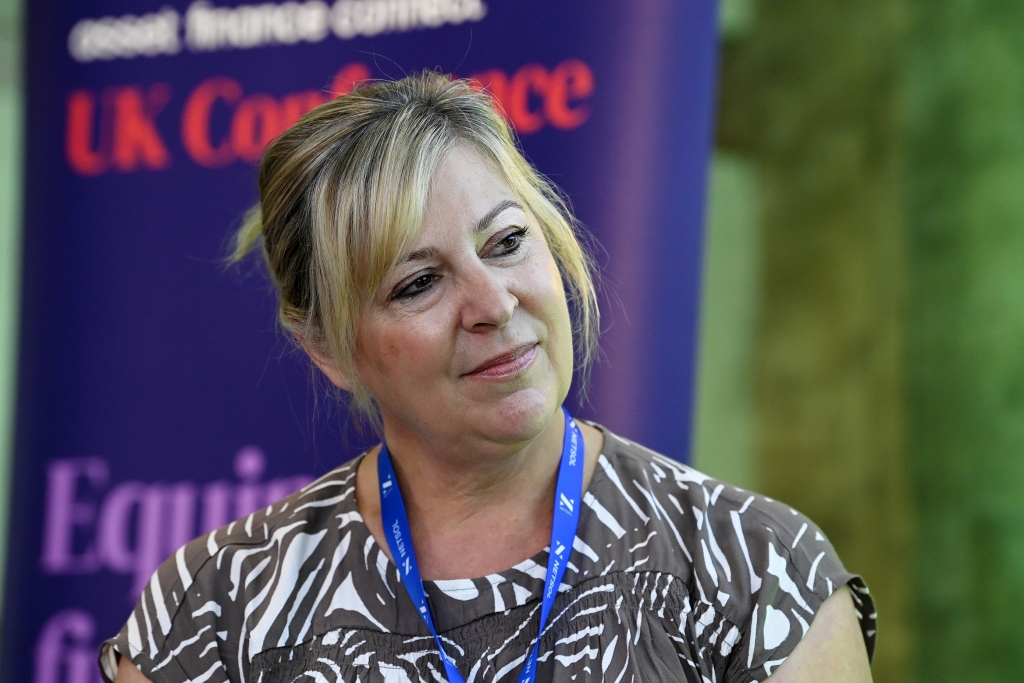
Ruth Glennon shared how HSBC’s partnership with Octopus is revolutionizing EV adoption through a salary sacrifice scheme, overcoming cultural challenges within the conservative banking environment. This collaboration illustrates the necessity of partnerships to navigate the risks and capitalise on the opportunities presented by new sustainable assets.
Karima Haji pointed out that in the HGV industry, despite a lack of incentives, the government’s recent funding for electrification and infrastructure is driving change. Scania’s efforts to shift customer mindsets towards rental models are crucial for the industry’s transition.
Ed Thompson discussed the potential in the agricultural sector for usage models, noting that removing capital allowances could spur adoption. He stressed the importance of customer-centric approaches to unlock the economic value of sustainable assets.
Conclusion
The equipment finance stream at the AFC UK Summer Conference 2024 underscored the necessity of innovation, data-driven decision-making, and strategic partnerships in building sustainable asset usage models.
The insights shared by industry leaders Ruth Glennon, Stuart Clark, Ed Thompson, and Karima Haji provide a roadmap for integrating sustainability into profitable business models, ensuring a greener and more economically viable future.
Analysis from John Rees, Asset Finance Connect’s head of equipment finance community
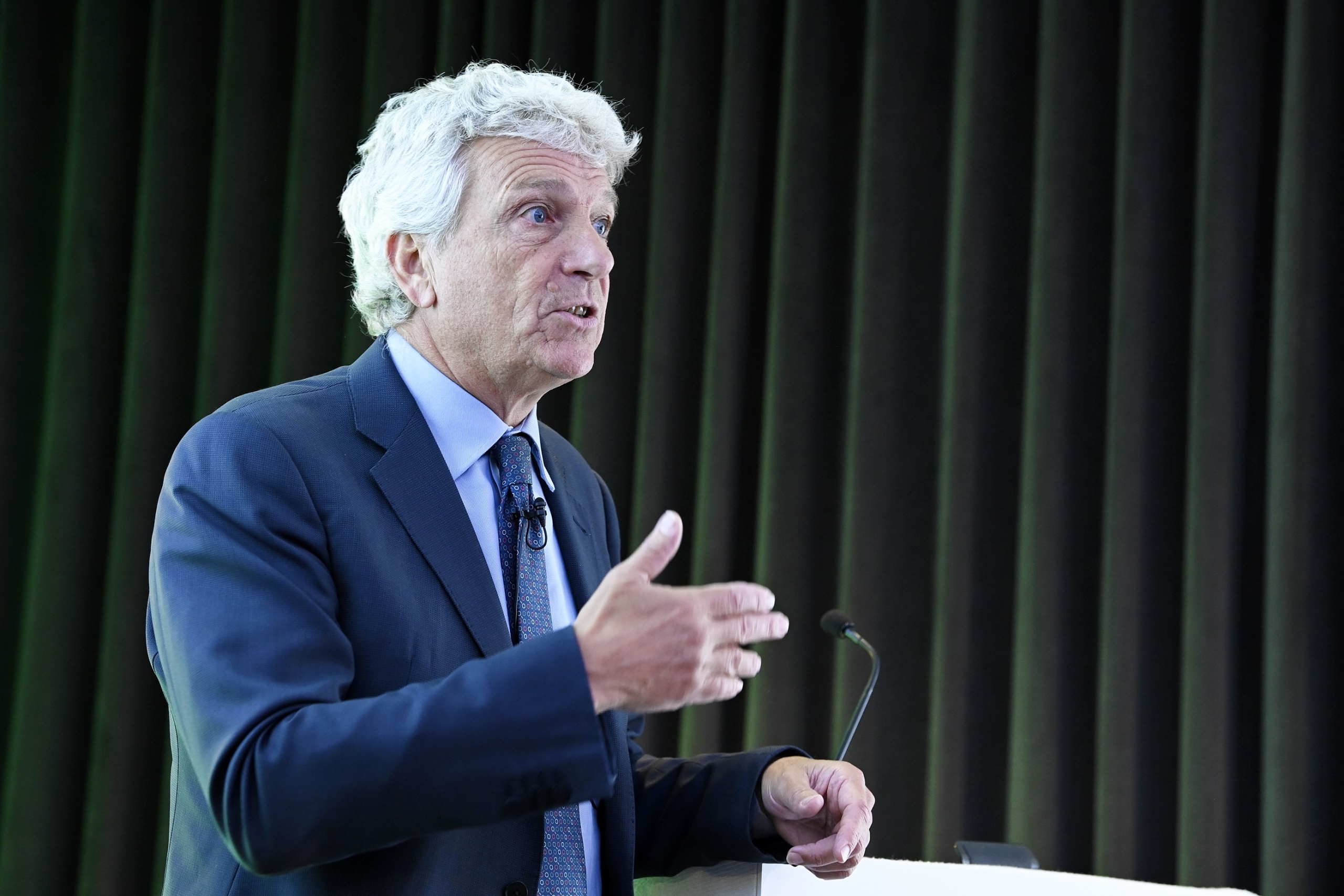
It was a fascinating conversation between the panel and the audience which absolutely highlighted the relevance of data and connectivity (IoT) to enable the finance industry to bring new financial products to its clients. Those new financial products will help the sustainable goals of manufacturers and end users and be profitable for the finance industry. A true win, win, win for manufacturer, end user and finance provider.
It was very clear from the very proactive discussion that it is unlikely that any one finance company will be able to provide a “total solution” on their own and that partnerships will be key for the future supply of sustainable finance products that are both profitable and sustainable.
The finance industry seems in a collaborative mood to create partnerships that will bring sustainable solutions to its clients whilst maintaining their own profitability.



